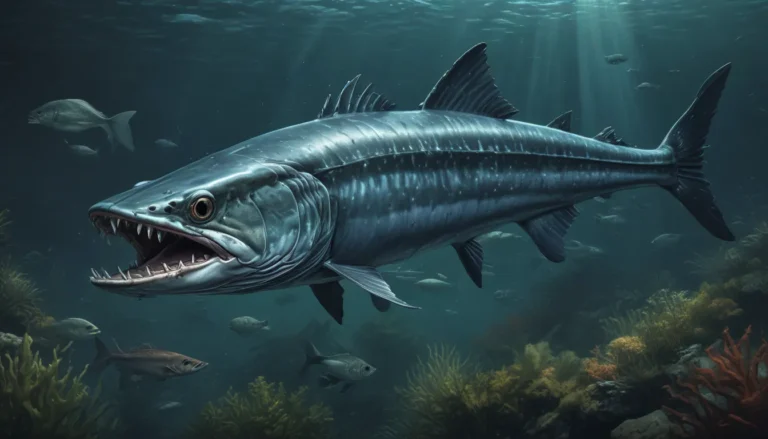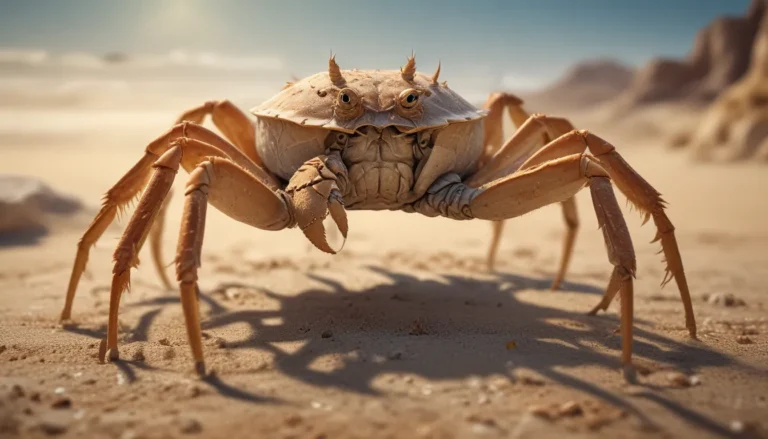The pictures we use in our articles might not show exactly what the words say. We choose these pictures to make you interested in reading more. The pictures work together with the words but don’t take their place. The words still tell you the important facts.
Welcome to the intriguing world of bull sharks, where these enigmatic creatures capture our attention with their unique characteristics and behaviors. As one of the most common animals in the world, bull sharks continue to surprise us with their adaptability and resilience. Join us on a journey to explore the depths of the ocean and uncover the hidden secrets of these fascinating creatures.
Exploring Bull Shark Facts
Quick Facts
- Bull sharks measure up to 81 cm long at birth.
- Female bull sharks average a length of 2.4 meters, while males reach 2.25 meters.
- The largest recorded bull shark was a female measuring 4 meters in length.
- Bull sharks possess a biting force of up to 5,914 newtons.
Essential Facts
- Achille Valenciennes first described bull sharks in Muller & Henle (1839).
- The scientific name of the bull shark was changed to Carcharhinus leucas.
- Bull sharks gained their name from their stocky build, broad snout, and aggressive behavior.
- Bull sharks are also known as Zambezi River sharks or simply zambis in Africa.
- In January 2020, a bull shark caught in the Arabian Sea weighed an estimated 350 kg.
Interesting Facts
- Bull sharks can live in both saltwater and freshwater habitats.
- They have special adaptations in their kidneys and liver to survive in different environments.
- Age determines where bull sharks are likely to live, with newborns preferring freshwater.
- Bull sharks have a diverse diet, including bony fish, stingrays, and mammals.
- These sharks can control their digestion to adapt to food availability.
Bull Shark Habits and Behaviors
Living in Diverse Environments
Bull sharks exhibit remarkable adaptability by thriving in both saltwater and freshwater habitats. While they prefer warmer coastal regions, they are also capable of swimming over 4000 km upriver in freshwater. Their ability to navigate various environments showcases their resilience and resourcefulness.
Dietary Preferences
As predators, bull sharks play a crucial role in maintaining ecological balance. Their diet includes bony fish, stingrays, turtles, seabirds, and even land mammals. This diverse range of prey highlights their versatile hunting abilities and their importance in marine ecosystems.
Social Interactions and Reproduction
Although bull sharks are primarily solitary animals, they may form temporary partnerships to hunt challenging prey. During mating season, which occurs in late summer to early autumn, male and female bull sharks engage in aggressive rituals to establish dominance. Female bull sharks carry their young for a year before giving birth to multiple offspring in freshwater habitats.
Conservation Challenges and Human Impact
Threats to Bull Shark Habitats
Despite their adaptability, bull sharks face numerous threats from human activities. Habitat destruction, pollution, and overfishing pose significant dangers to their survival. The construction of dams, pollution of rivers, and dredging of estuaries endanger the delicate balance of their ecosystems.
Cultural Perceptions and Misconceptions
Bull sharks have often been misunderstood and misrepresented in popular culture. While they are capable predators, they are not indiscriminate killers. By dispelling myths and understanding their crucial role in marine ecosystems, we can foster a greater appreciation for these remarkable creatures.
Conservation Efforts and Awareness
Conservation efforts are essential to protect bull sharks and their habitats. Through education, research, and sustainable practices, we can ensure the long-term survival of these fascinating animals. By raising awareness about the importance of biodiversity and marine conservation, we can inspire positive change in our interactions with the natural world.
Conclusion: Embracing the Mysteries of Bull Sharks
In conclusion, bull sharks captivate us with their adaptability, resilience, and unique characteristics. By exploring the depths of their world, we gain valuable insights into the delicate balance of marine ecosystems and our interconnectedness with nature. Through conservation efforts and education, we can protect these magnificent creatures and preserve their habitats for future generations to enjoy.
Join us in celebrating the wonder of bull sharks and the extraordinary diversity of marine life that enriches our planet. Together, we can create a more sustainable future where these remarkable animals thrive in harmony with their environment. Let us embrace the mysteries of the ocean and cherish the beauty of bull sharks as we continue to explore and learn from the wonders of the natural world.






